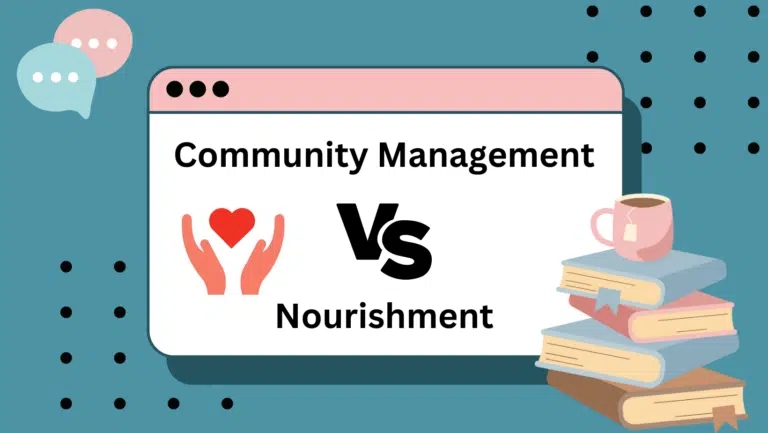You might have heard that the current version of Google Analytics is being replaced, and you’ve probably wondered what all this means for your business.
If you’re not a web developer, then you don’t need to get bogged down in the technical detail, but it’s important that you know what’s happening and how it will affect you. Read on for an overview of Google’s new release, and what you need to do to prepare for it.
What is Google Analytics 4?
Google Analytics is a service that measures traffic and engagement across your websites and apps.
Right now most businesses are using Universal Analytics to track what’s happening on their website, but Google is phasing out this platform in favour of a new and improved version.
It’s known as Google Analytics 4 (GA4), and it’s designed to keep pace with the changes in our online behaviour. The new service includes tighter privacy controls and is better at integrating with other platforms.
When Universal Analytics closes for good, you won’t be able to access any of the data it currently holds. In practice, this means you will no longer be able to compare what’s happening on your website with previous years.
If you want to keep hold of this data, you must export it now, or you risk losing it for good – we’ll come back to this later.
When will the changeover happen?
Google Analytics 4 was launched in October 2020, and is already available to use.
In fact, GA4 is now the default version when you set up an account. So, if you’ve just started using analytics for the first time, then the good news is that you’ve already got version-4.
According to Google, Universal Analytics will shut down on 1 July 2023, and you’ll only be able to see your data for a limited amount of time after this.
It’s possible that Google may continue to give you access to the data for a further six months after its closure, but this isn’t guaranteed so we recommend exporting your data as soon as possible.
What’s new in Google Analytics 4?
There are lots of benefits to using GA4, and these are best described by Google themselves, so let’s jump in.
- It collects data from apps and websites across multiple devices.
- It looks at discrete events rather than session-based data, i.e. visits.
- It includes more privacy controls, such as cookie-less measurement.
- It has predictive capabilities that offer helpful suggestions and guidance.
- It helps drive actions by directly integrating with other media platforms.
Perhaps the biggest change for users is the move away from session-based data in favour of looking at discrete events instead.
Events are things like loading a page, clicking an advert, and downloading a file.
Google Analytics 4 is already set-up to include most of the events you’ll need. However, if there’s an action you specifically want to track, you can add a customised event.
Why is this important to your business?
Measuring and recording website data gives us a valuable insight into who our audience is and what their behaviour is like, which ultimately means we can make more informed decisions about how we sell to them.
The obvious platform to do this is Google Analytics – it’s easy to set up, and best of all, it’s free. It also works seamlessly with other products, like Google Advertising, and other pay-per-click advertising (PPC) and social media advertising platforms.
If your website is among the 28 million already using Google Analytics, then you don’t need us to tell you how great this platform is, but are you ready to transfer from Universal to GA4?
To protect your historical data and start taking advantage of GA4’s new features, you need to act now – so let’s look at what you should be doing next.
What do I need to do now?
If you’re already using Google Analytics, then you should add GA4 to your platform now, so it can be running alongside its predecessor.
You can do this by creating the property in your analytics account then either giving the code to your web developer or using Google Tag Manager to add it.
What is Google Tag Manager?
Google Tag Manager is where you publish your tags and control how they’re used. Tags are little bits of code that other software providers give you to integrate their service with your website and mobile apps.
Having both versions of analytics running concurrently will give you time to get used to the new layout and features of GA4, while you’ve still got access to the old edition.
Speak to your web developer or digital marketing agency about exporting your data. You won’t be able to use it to make year-on-year comparisons in GA4, but you will be able to analyse your old data manually or using external software.
Have you thought about taking one of Google’s free online courses? You don’t need to be an expert in analytics, but these courses are a great way of getting to grips with the basics.
How can Click Through Digital help?
Click Through Digital is a digital marketing agency with years of experience in website design and development. We’re mostly maths geeks here – we love data – and we’re not afraid to shout about it.
You need to know what your prospects and customers are doing online if you want to be successful at capturing their attention and moving them through the buying process.
We can add Google Analytics 4 to your website, and set up the software so it’s measuring the things that are important to your business.
Our team of professionals cut across all areas of marketing from social media management to pay-per-click advertising, and we can help you report on all these things using analytics.
Contact us today to get started – we’re already looking forward to working with you.


